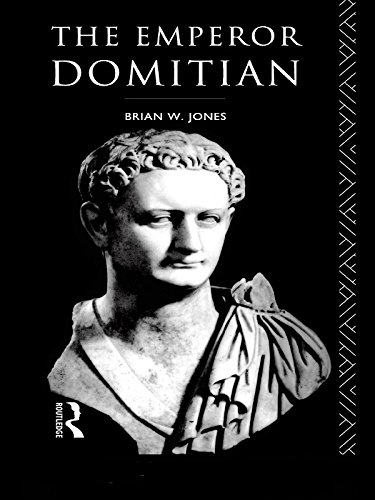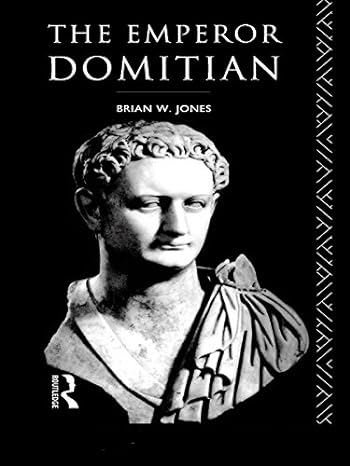
“No Offence, But… (PDF/EPUB Version)” has been added to your cart. Continue shopping
Elementary Probability for Applications (PDF/EPUB Version)
$18.99
Description
This clear and lively introduction to probability theory concentrates on the results that are the most useful for applications, including combinatorial probability and Markov chains. Concise and focused, it is designed for a one-semester introductory course in probability for students who have some familiarity with basic calculus. Reflecting the author’s philosophy that the best way to learn probability is to see it in action, there are more than 350 problems and 200 examples. The examples contain all the old standards such as the birthday problem and Monty Hall, but also include a number of applications not found in other books, from areas as broad ranging as genetics, sports, finance, and inventory management.
eBook features:
- Highlight, take notes, and search in the book
- In this edition, page numbers are just like the physical edition
- Create digital flashcards instantly

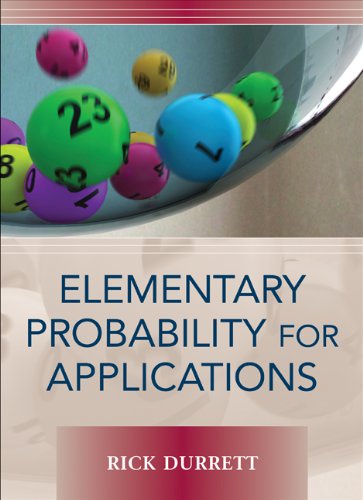
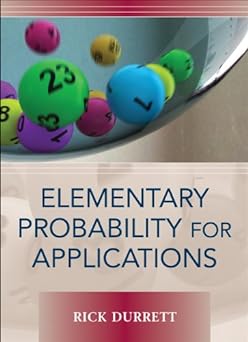
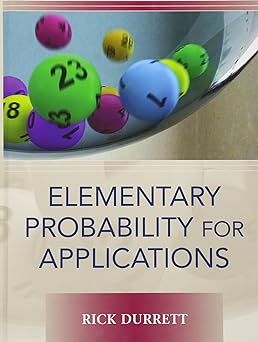



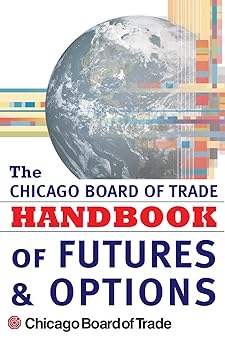
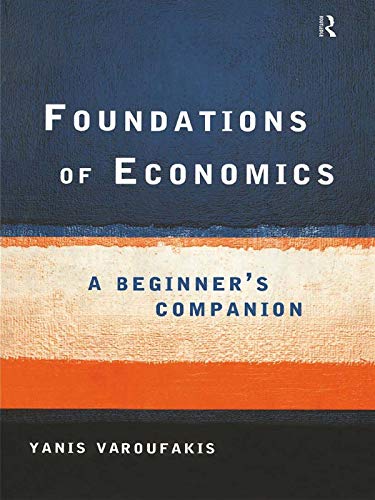
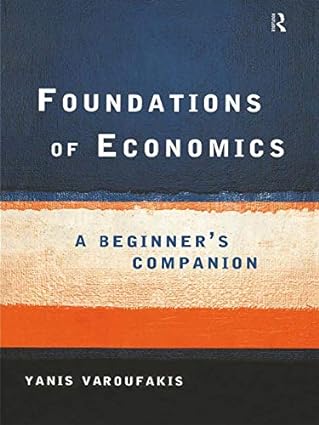


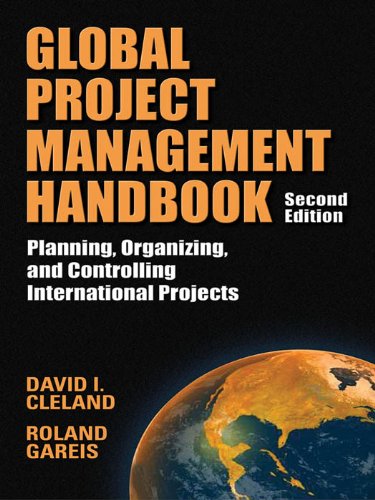
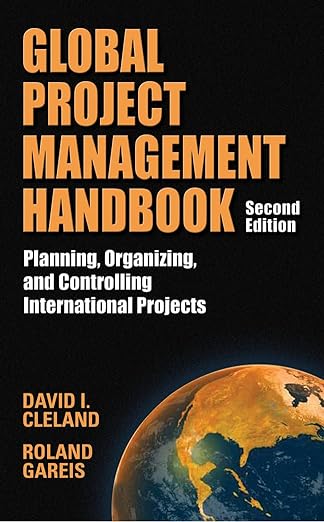


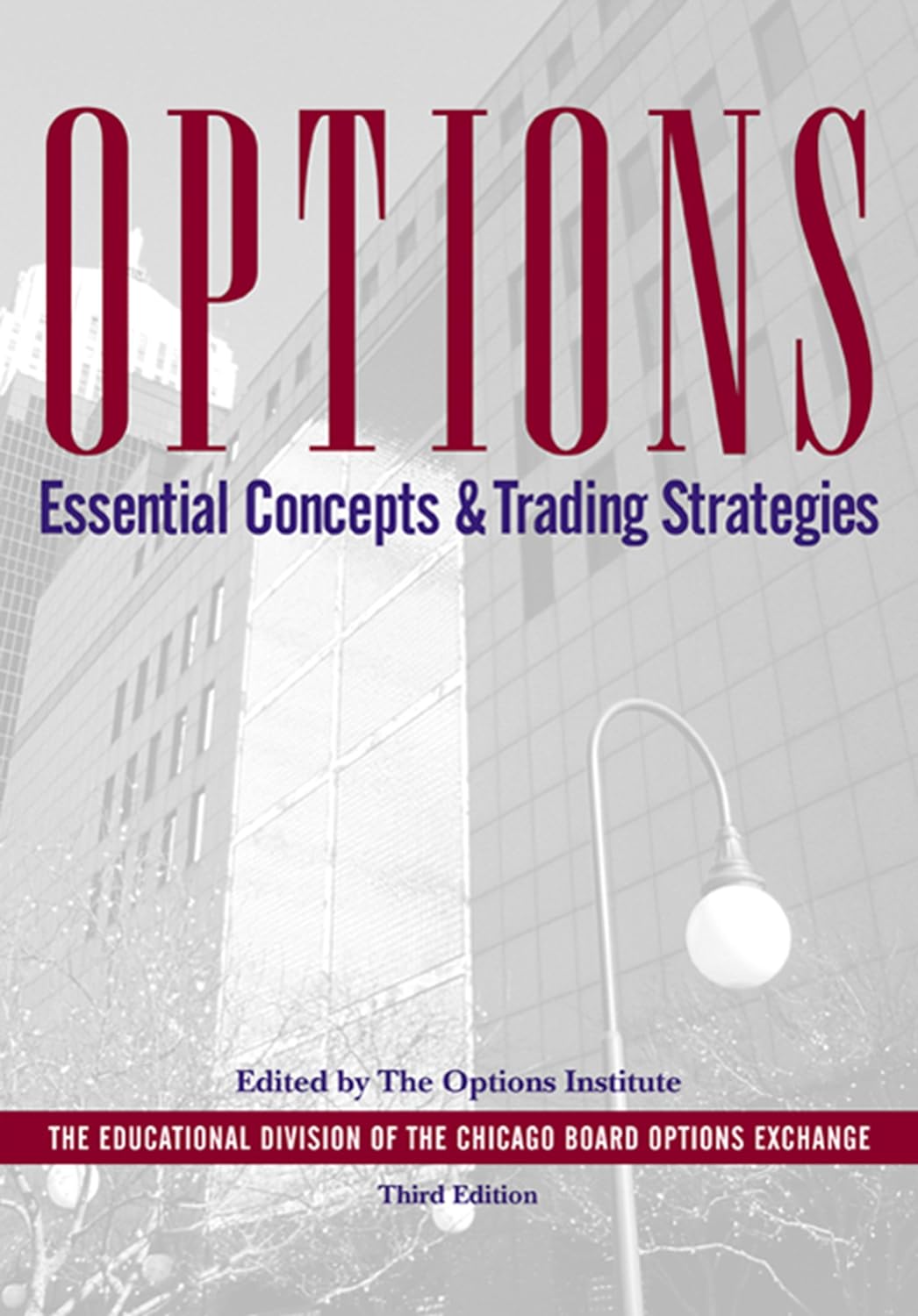
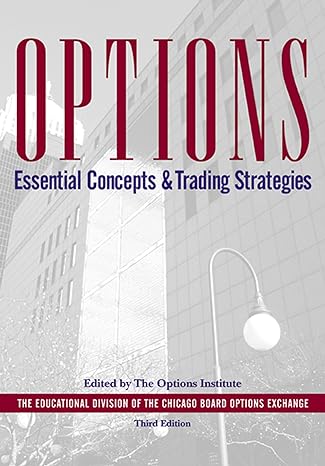
_how_to_design_and_deliver_successful_business_presentations_anif5kxtbo.jpg)
_how_to_design_and_deliver_successful_business_presentations_lvclkx62zf.jpg)
